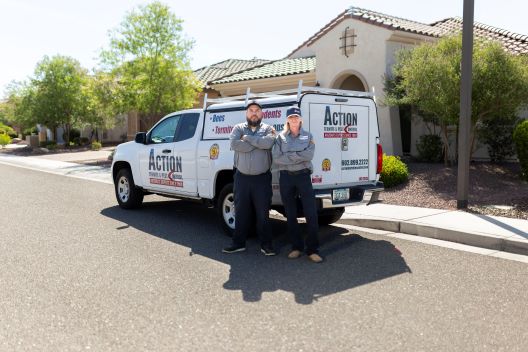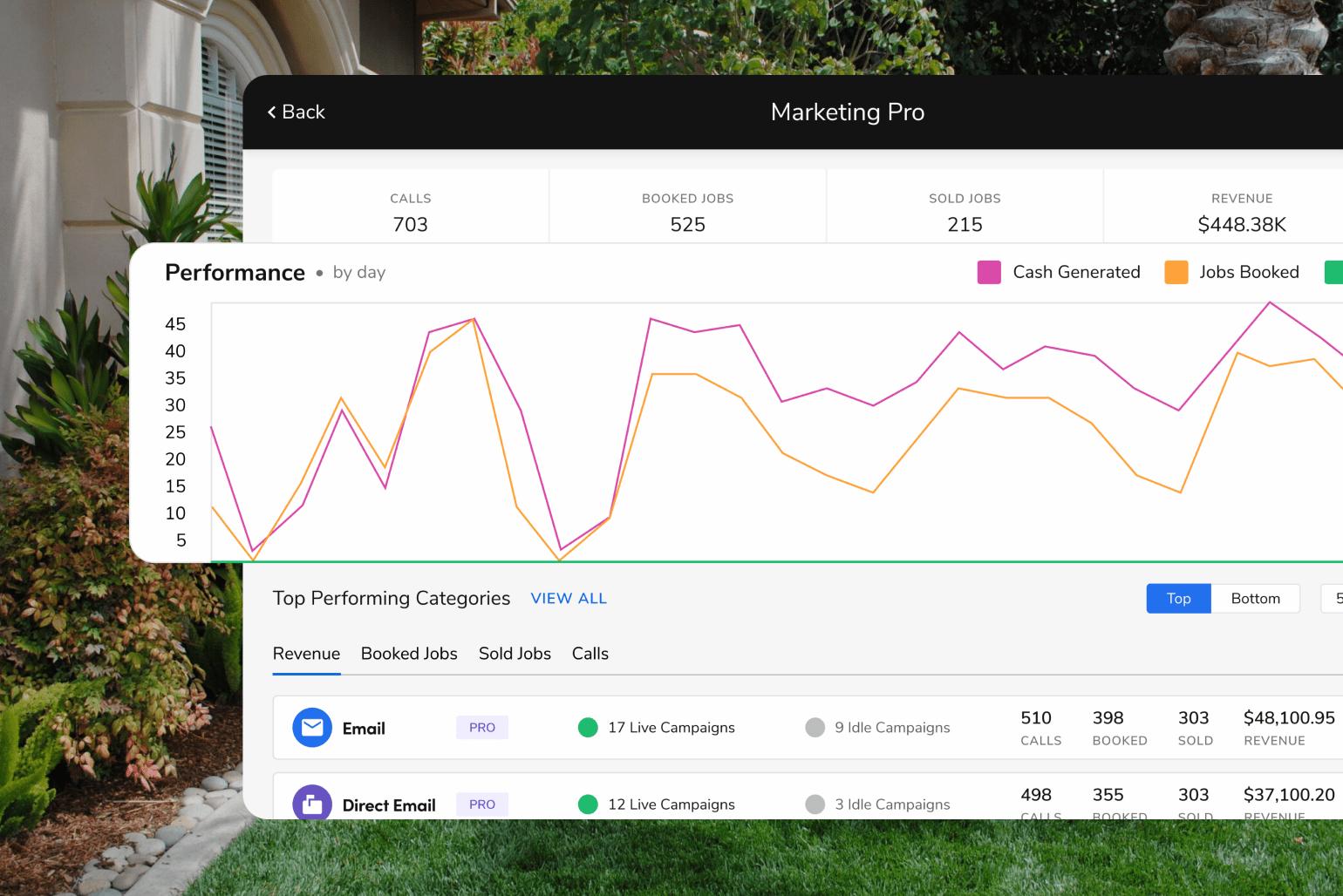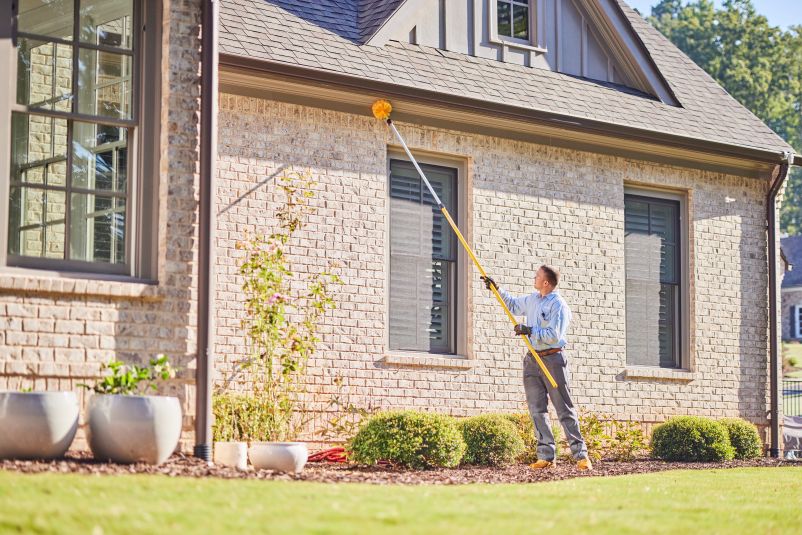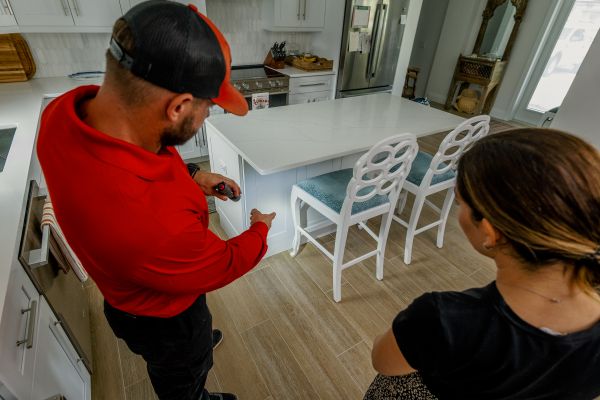Pest Control Inbound and Outbound Marketing Strategies (Increase Your ROI)
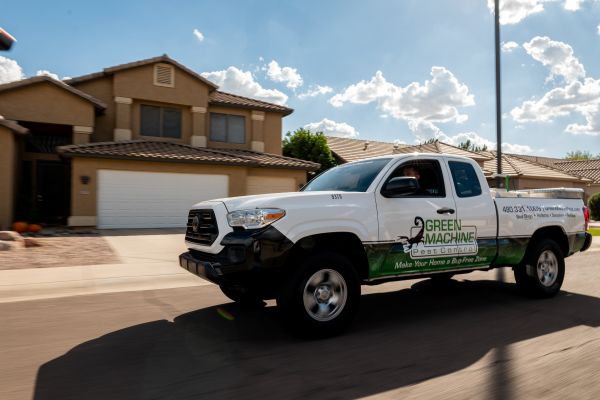
If you want your pest control business to succeed, you need intelligent and effective marketing.
However, marketing can get messy and expensive if you don’t have the right strategies or fail to take advantage of what the digital marketing experience offers.
While outbound marketing—like cold calling, direct mail, or email blasts—still has its place, it’s often costly and has a lower return on investment (ROI). In contrast, inbound marketing is a more personal approach that can be both successful and cost-effective for pest control companies of any size.
This guide will explore the importance of inbound and local marketing for pest control businesses, including key strategies, common pitfalls, and the advantages of combining both approaches. We’ll also show how FieldRoutes can help streamline your marketing efforts and increase lead generation.
Why Is Inbound Marketing Essential for Pest Control Businesses?
Hubspot says, “Inbound marketing is a business methodology that attracts customers by creating valuable content and experiences tailored to them.” This could be your website, blogs, social media posts, infographics, or videos.
The idea is that you’re helping potential customers find you organically versus directly reaching out to see if someone is interested in your pest control services.
Inbound marketing makes sense for the pest control industry for several reasons:
You’re bringing in qualified people actively searching for solutions to their pest control problems, which results in higher closing rates.
It allows you to present yourself as an industry expert focused on making your customers' lives easier.
It’s less expensive, faster, more targeted, and more effective than traditional outbound strategies like cold calling, direct mail, and flyers.
The digital catalog you build will last a long time, promoting long-term growth as your overall content body grows.
It helps you build on leads that are drawn to you over time and through multiple engagements.
When you engage with your customers on social media, you can better understand how to improve your pest control products and services.
Analytics, such as Google Analytics and those built into other social media platforms, make it easy to track campaign performance and allow you to adjust your spending based on the success you’re seeing.
What Are the Key Elements of an Inbound Pest Control Marketing Strategy?
When planning your inbound pest control marketing strategy, consider using these elements:
Website: With all this discussion around inbound marketing, first and foremost, you need a website; otherwise, no one will be able to find you. Businesses with websites build credibility and instill trust with potential customers. When creating your website, consider the design, functionality, and brand since this will be most people’s first impression. Ultimately, a website establishes you as a legitimate pest control business.
Content Marketing: Content marketing involves creating and sharing digital material intended to spark interest in your pest control company and your services. This includes blogs, videos, articles, website copy, photos, and infographics. Be thoughtful and purposeful about the types of content you produce, and don’t create it just to fill your website. Create it to show that you’re the expert and provide valuable information for your pest control website visitors.
Paid Digital Ads: Pay-per-click (PPC) and display advertising can improve your chances of being seen by potential customers. While display advertising shows digital ads for your business on relevant web pages, PPC shows your ads on a search engine results page based on a specific search (a “Santa Fe pest control” search, for example). PPC ads are more effective than digital ads in pest control.
Social Media: We live in a digital age, so having a social media presence is valuable for your pest control business in various ways. It increases your brand awareness, and social media lets you connect, build relationships, and communicate with potential customers. Facebook is thought to be the most popular social media platform, but X, LinkedIn, and Instagram will also help increase your visibility. These platforms are also valuable tools for networking with other pest control professionals and staying on top of what your competitors are doing.
Search Engine Optimization (SEO): Incorporating targeted keywords into all your digital content and linking to your website will improve your SEO. This increases the chances that the right customers who are searching for pest control services in your area will be directed to your website.
How Does Local Marketing Complement Inbound Strategies?
Now that you know more about inbound marketing and what elements to incorporate into your overall marketing approach, including online local marketing strategies is important. This allows you to attract customers who are in and around your local area searching for pest control services. If you’re on the fence about the power of local marketing, take a look at these statistics:
97% of consumers search online for a local business.
46% of all Google searches are local.
86% of consumers use Google Maps to find a local business.
Every month, Internet users visit 1.5 billion locations related to their Google searches.
Regardless of the size of your pest control business, you can still reap the benefits of local marketing by integrating these tactics:
Optimize for Local Search: If you’re wondering where to begin, the best place to list your business is probably Google My Business (GMB). What’s even better? It’s free. With GMB, you can post updates to your business profile and see how your customers and prospects interact with your business on Google. While GMB is undoubtedly a significant player in optimizing your business for local searches, don’t forget to register with Yahoo!, Yelp, Angie’s List, and Bing Places for Business.
Mobile-Friendly Website: You may ask, “What is a mobile-friendly website?” If your website is mobile-friendly, then it will correctly display on mobile devices such as phones or tablets. What does this have to do with local marketing? 57% of all web traffic is viewed on a mobile device, and more than half of all smartphone users have discovered a new company or product during their search. With just a click from their phone, a mobile-friendly website makes reaching you easy and convenient for potential customers.
Reviews: Whether good or bad, monitoring your reviews is essential. 88% of consumers trust online reviews as much as personal recommendations. Additionally, online reviews improve your SEO ranking. The more people talking about your pest control services, the higher your business will appear in your customers' search. You can read more about how reviews can help your company in our blog.
Ultimately, inbound and local marketing isn’t always about attracting new customers.
The idea is that when you use these tactics, you’re creating strong relationships and making your current customers happy. In turn, they will give you positive reviews and, thus, generate referrals.
What Are the Main Challenges in Inbound Marketing for Pest Control Businesses?
Inbound marketing has many benefits, but pest control businesses face unique challenges in executing them. Knowing these challenges allows firms to adjust their marketing plans and get more out of their marketing campaigns.
1. Competition in Local Markets
Pest control companies operate in competitive local markets, so it’s hard to get noticed. With many businesses vying for the top spots in search results, having a strong presence on Google My Business and local SEO is really important. Consistent keyword optimization, obtaining positive reviews and case studies, and targeted content attract new leads and make you visible in service areas.
2. Limited Marketing Budgets
Many pest control companies work with limited budgets, which makes marketing harder. Balancing paid and organic is tricky, as both require consistent investment. While inbound marketing can be cost-effective in the long run, smaller budgets require prioritizing tactics and planning to get the highest return on investment (ROI).
3. Adapting to Changing Consumer Behavior
As consumers rely more on online searches and reviews, pest control businesses must adapt to changing habits. Customers now expect online booking, easy access to service reviews, and valuable content when researching services. Companies that rely heavily on traditional marketing may struggle to meet these demands. Digital channels like SEO and email marketing contribute to an active online presence for your pest control company.
4. Measuring Marketing ROI
Measuring the ROI of inbound and local marketing can be tough without the right tools. Many pest control companies don’t have the resources to track metrics like website traffic, lead conversion rates, or social media engagement. Without clear data, it’s hard to determine what strategies to use or how to adjust the budget. Marketing software like FieldRoutes can simplify analytics and give you insights into campaign performance.
Now you know the challenges, pest control businesses can adjust their inbound marketing.
What Are Some Effective Tips for Successful Inbound Marketing?
Pest control businesses should focus on attracting, engaging, and converting potential customers to get the most out of inbound marketing. Here are some tips to help you optimize your inbound marketing.
1. Optimize Your Website for Local Search
Use location-based keywords and create pages for specific service areas to ensure your website ranks well in local searches.
To improve local SEO, keep NAP consistent—your business name, address, and phone number—across all online listings. Include this on each page, and consider adding a Google Map to your contact page.
Optimizing for local search gets you in front of more relevant customers and makes it easier for potential customers to find your pest control business.
2. Focus on Creating High-Quality, Educational Content
Write blog posts, videos, and guides that answer common pest control questions and local pest issues.
Educational content positions your business as an expert and attracts search traffic from customers looking for pest control solutions.
To be visible in search results, consistently create content and follow SEO best practices. Valuable content attracts more customers and increases engagement on your site.
3. Engage with Your Audience Through Social Media
As a local business owner, you must connect with your local community on Facebook, Instagram, and LinkedIn to gain visibility and build relationships.
Share relevant content like tips for pest problems or seasonal pest alerts to get engagement.
Ask followers to comment, share, ask questions, and respond quickly to build rapport. Social media engagement can also encourage shares and word-of-mouth referrals.
4. Use Google My Business to Its Full Potential
Set up and update your Google Business profile (formerly known as Google My Business) to get better local search rankings (even if you are a small business!)
Post updates, respond to customer reviews, and answer questions to show that your business is responsive and professional. Positive reviews and interactions on Google My Business can boost your local ranking and get your pest control services in front of local searchers.
A well-maintained profile also gives potential customers confidence in choosing your services.
Following these tips will get you more qualified leads and get your pest control business noticed locally.
What Are the Most Common Mistakes to Avoid in Pest Control Marketing?
Even with the best intentions, some mistakes can kill a pest control business’s marketing. Avoid these common pitfalls to make your marketing work.
1. Ignoring Local SEO
Ignoring local SEO can make you invisible in search results, especially for local searches. Many pest control companies miss out on leads by not optimizing their Google My Business profile or including location-based keywords on their website.
Without local SEO, your business won’t appear for “pest control near me” or related searches, and you’ll miss out on customers actively looking for pest services nearby.
2. Relying Too Heavily on Paid Advertising
While paid ads can give quick results, relying only on them without a balanced approach can drain your budget and limit long-term growth.
Focusing only on paid ads often neglects organic growth strategies like SEO and content marketing, which build traffic over time.
For more robust marketing campaigns, combine paid ads with efforts to increase organic visibility through content, SEO, and social media.
3. Failing to Track Marketing Performance
It’s almost impossible to know which marketing efforts are working without tracking.
Many pest control businesses don’t use tools to measure campaign performance, making determining ROI or optimizing strategy difficult.
Using tracking tools, you can monitor metrics like lead generation, website traffic, and customer engagement and make informed decisions to improve results.
4. Not Engaging with Online Reviews
Online reviews are crucial to a pest control business’s reputation, but ignoring them can hurt your credibility.
Not responding to both positive and negative reviews on Google Reviews and Yelp tells customers their feedback doesn’t matter.
Engaging with reviews, especially those that need resolution, builds trust, shows you care about customer satisfaction, and can influence future customers’ decisions.
Avoid these mistakes and get your pest control marketing working for you.
How Can FieldRoutes Help Implement Your Marketing Strategies?
FieldRoutes has the tools to support inbound and local marketing, enabling you to engage with customers and improve campaign results.
Marketing Automation: FieldRoutes integrates with ServiceTitan Marketing Pro to simplify campaign management so you can build and track email and direct mail campaigns in one place. FieldRoutes users who send multiple campaigns see a 2.7X ROI.*
Lead Generation: With lead capture tools, FieldRoutes helps you attract and nurture new prospects. Automated follow-ups ensure that no pest control leads fall through the cracks and improve conversion rates and customer engagement.
Campaign Tracking: FieldRoutes’ reporting lets you track marketing performance and optimize. Campaign metrics allow you to make data-driven decisions to improve ROI.
FieldRoutes simplifies marketing for pest control businesses so you can reach more customers and acquire more.
It’s Your Turn Now
A balanced inbound marketing strategy is key to standing out in the pest control industry.
By creating valuable content, optimizing for local search, and engaging with your audience on social media, you attract customers who are actively looking for your services. This builds trust, positions your business as an authority, and drives long-term growth by building customer relationships.
FieldRoutes can help you do that. Its marketing automation, lead generation, and campaign tracking tools make marketing easy so you can focus on what you do best—pest control.
Ready to upgrade your marketing? Schedule a free demo of FieldRoutes Operations Suite today.
